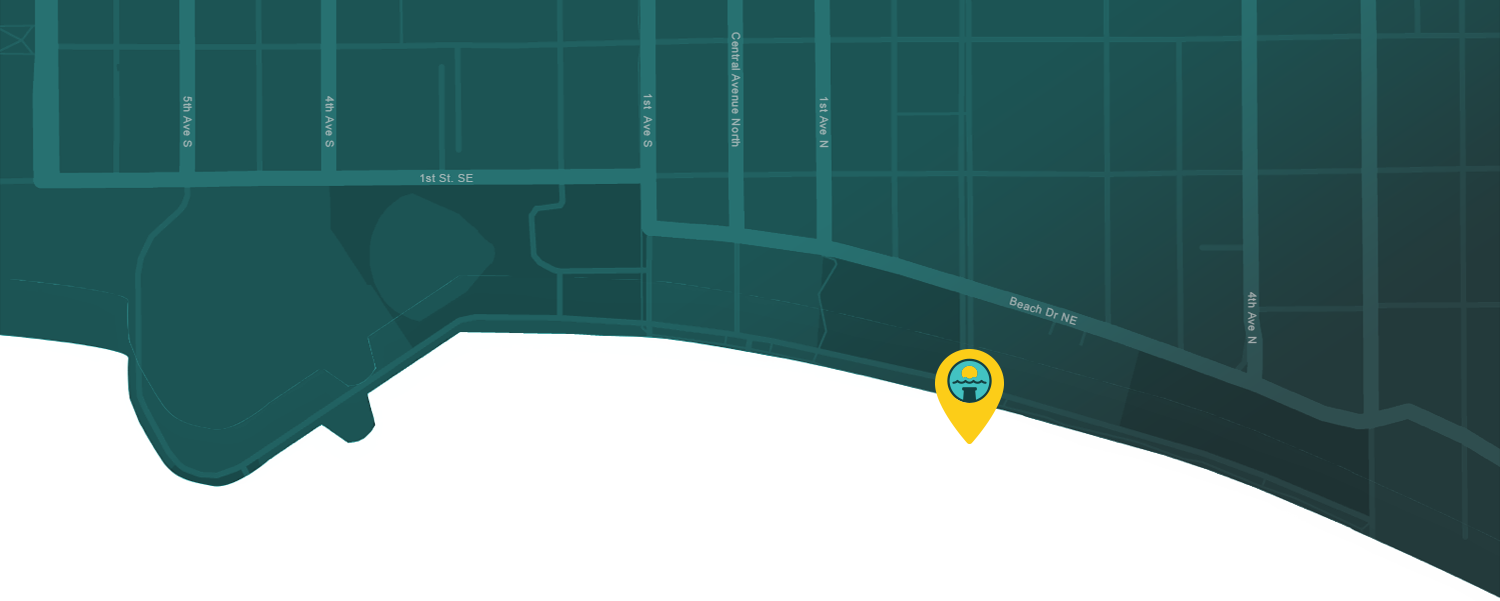
The Municipal Pier, built in 1913 after the city had purchased the waterfront, featured a shaded pavilion. The pier’s purpose was purely recreational.
As part of its newfound dedication to city beautification and the burgeoning tourism industry, the city built a Municipal Recreation Pier in 1913, just ten feet north of the Electric Pier at Second Avenue North. The Electric Pier was torn down the following year.
The new Municipal Pier, the city’s first foray into a publicly owned recreation pier, was a sign of things to come in the blossoming resort town. A flurry of new building activity commenced in 1912 and iconic landmarks like the La Plaza Theater on Central Avenue (demolished in 1957), the Women’s Town Improvement Association (still standing across from William’s Park), and the unique Open Air Post office on 4th Street were created. The world’s first commercial airline flight took place over Tampa Bay in 1914, and Major League Baseball arrived that same year, remaining in the city for spring training for nearly a century.

The 1921 hurricane virtually destroyed the Municipal PIer, leading to an effort to build a grand Pier to match the city’s blossoming fortunes.
The advent of spring training in St. Petersburg was stewarded by ambitious Mayor Al Lang, who unabashedly thrust the city into the national spotlight as a tourist destination. No longer just the business of enterprising railroad men and real estate agents, promotion of the city as a “perpetual playground” was now an official initiative of the city.
Real estate and tourism boomed and the city expanded westward until the economic downturn of 1917-18 put the brakes on the frenzy. The lull was short-lived, however. In 1919 the city, and the entire state of Florida, found themselves on the brink of a spectacular boom that would leave an indelible imprint on both the built environment and the popular history of the Sunshine City and the Sunshine State.


